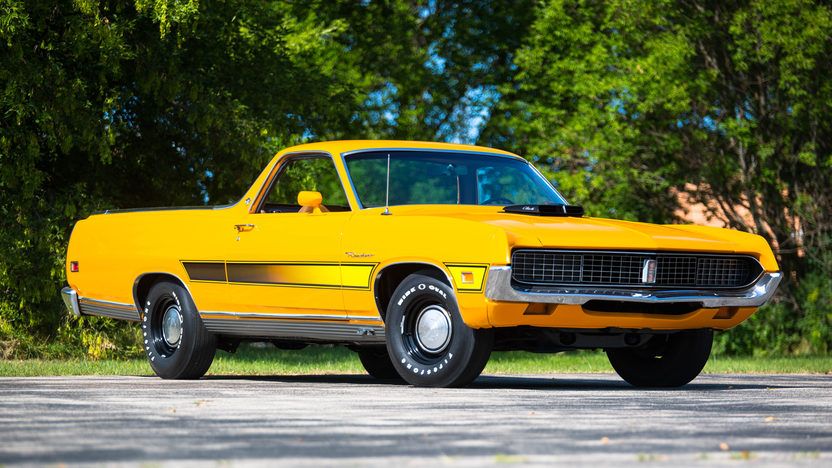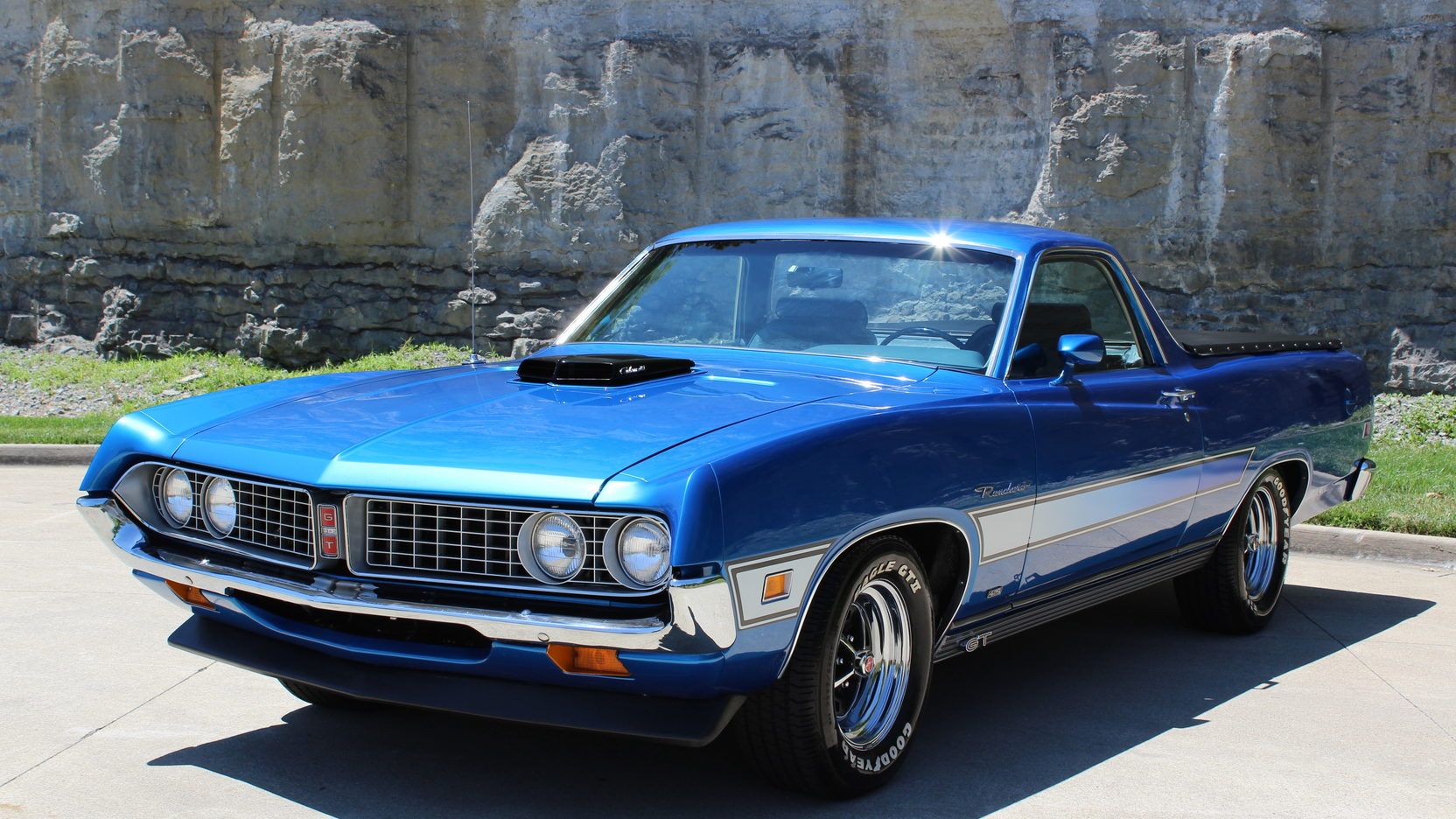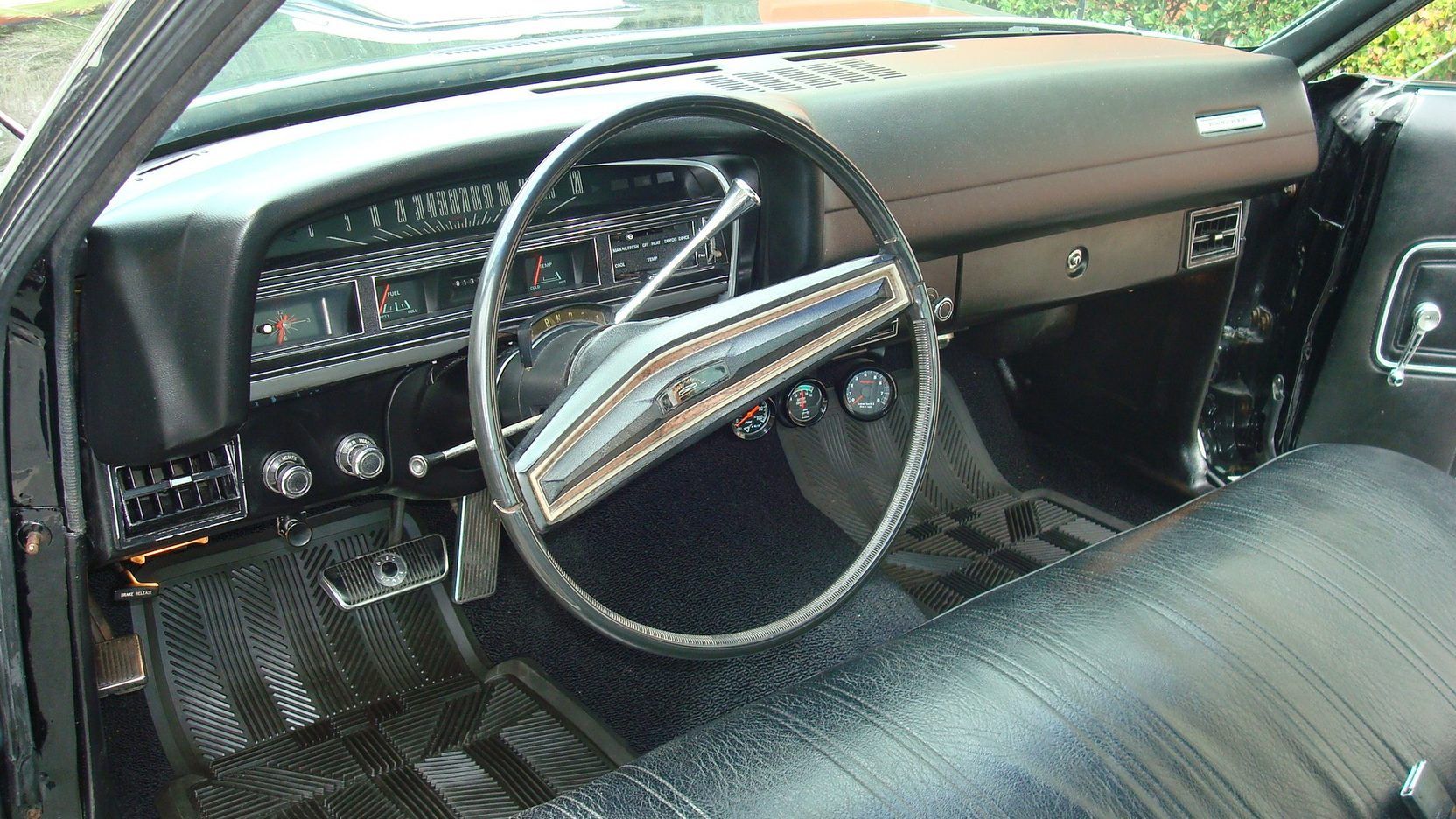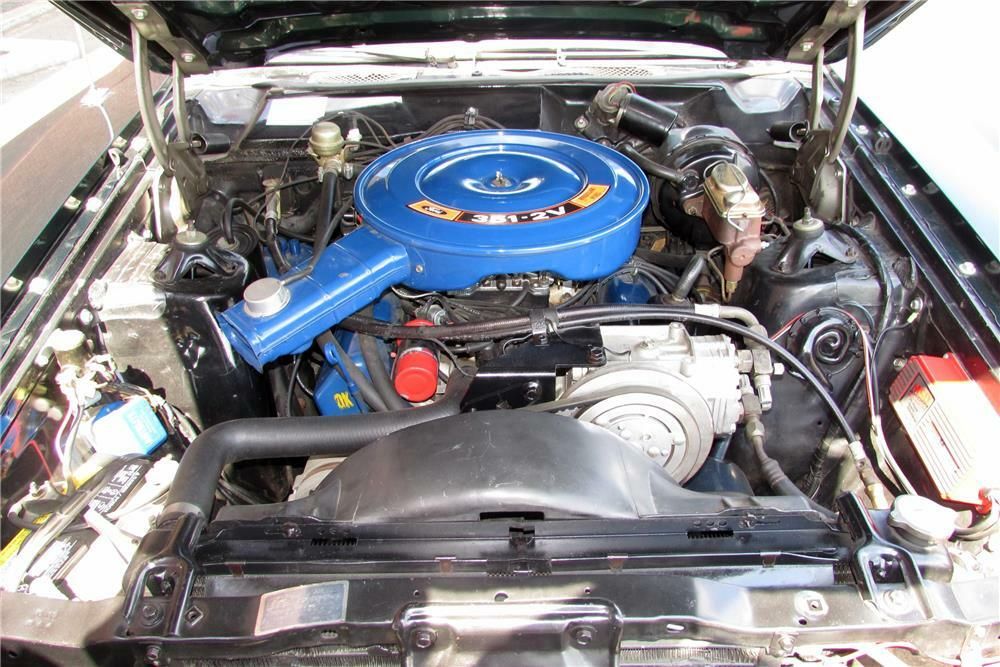American automobile mogul Ford launched the Ranchero in 1957. Ford amalgamated the design of a two-door coupe and the cargo bed of a truck to design this vehicle. Often referred to as a pickup truck, the Ranchero was used as a coupe utility vehicle. Equipped with a powerful engine, the Ranchero was an optimum example of performance and practicality. A total of 508,355 units were produced during its production run from 1957 to 1979.
The 1971 version of the Ford Ranchero was exceptional because the vehicle received an intense overhauling, both on the outside and inside. Again, this was the year when the vehicle received its first-ever Ranchero badge, unlike its predecessors, which were rolled in the market with Fairlane and Torino badges.
An Upgraded Body Design
The 1971 Ranchero Special was the fifth-generation model and came out with a fresh new look and improved performance. Its design was explicitly inspired by its elder sibling, the Ford Torino; however, many improvisations were added to adopt a boxy body style. The Ranchero Special featured a unibody chassis, a 114-inch wheelbase, and a 6.5-foot cargo bed. On the outside, the car was given an aggressive look with a pointed grille and a coke bottle design, as viewed from the sides. In the 1971 edition, the front grille was divided at the center by a metal bar. The 'squire' trim was added to the body as a unique feature, where woodgrain appliques garnished the body.
The car retained the engine options from its predecessors, alongside which a new Super Cobra Jet unit was added. The car's aggressive and sporty nature was amplified by the hood scoop 'shaker' that was fitted on top of the carburetor and shook when the running engine came to idle. For the first time, the Ranchero's logo was featured on the glovebox replacing the regular Torino and Fairlane badges. Additional visual upgrades were added in the shape of laser stripping and bright chevrons. The vehicle was offered in eight magnificent exterior color schemes and four interior trims that matched reasonably with the exterior styling. The car was offered dual racing mirrors and a black vinyl roof to make the racing avatar more prominent. Customers could also choose a black-painted cargo bed. Ranchero was specially designed with a full-length side body stripe that complemented the body's shade.
The 1971 Ranchero was an attractive package that made the car stand out. Bright wheel wells and similar fashioned dog-dish wheel covers added more agility to the look. Likewise, the vehicle also had disc brakes for the front wheels and a heavy-duty suspension system for both axles.
A Clean And Modest Interior Styling
The two-seater cabin was featured with vinyl upholstery and a wood-tone inlay steering wheel. The instrument panel was featured with various gauges, but the conventional round dials were absent, and the switches and knobs were clustered below the gauges panel, in addition to which the high-back bucket seats were equipped in the car along with a Hurst shifter with a four-speed manual transmission. Ford also offered an optional tachometer to the buyers.
Ford's Powerful Engine Range
The 1971 Ford Ranchero Special was offered with an array of powerful engines. This coupe utility was one from the muscle car era; hence each machine was intended to churn extreme power while ensuring seamless performance. The standard engine was the 302cc V8 capable of producing 220 HP and 300 lb-ft torque. However, customers could also opt for more powerful options. With each engine, the power of the Ranchero increased significantly. The more powerful variant of the engine was the 351 Cleveland four-barrel that produced 300 horsepower with 380 lb-ft of torque. But the escalation of power didn't stop there. Ford launched three more engines, each of 429cc, and several other upgrades pushed them further in terms of power. In the series, the most basic engine was the 429 cc V8. The following two were among the most powerful engines in any Ranchero - the 429 Cobra Jet produced 370 horsepower and 450 lb-ft of torque, and the top variant released in 1971 was the 429 Super Cobra jet with a gusting 375 horsepower and 450 lb-ft of torque.
The 1971 Ford Ranchero was relatively short-lived, with its production starting and ending in the same year. However, the version was exceptional due to its sporty and aggressive style statement making it one of the most sought-after Rancheros for collectors. The automobile went off the market nearly forty years ago; however, rumors suggest that Ford plans to bring back the Ranchero in 2022 with a modern subcompact truck body.




